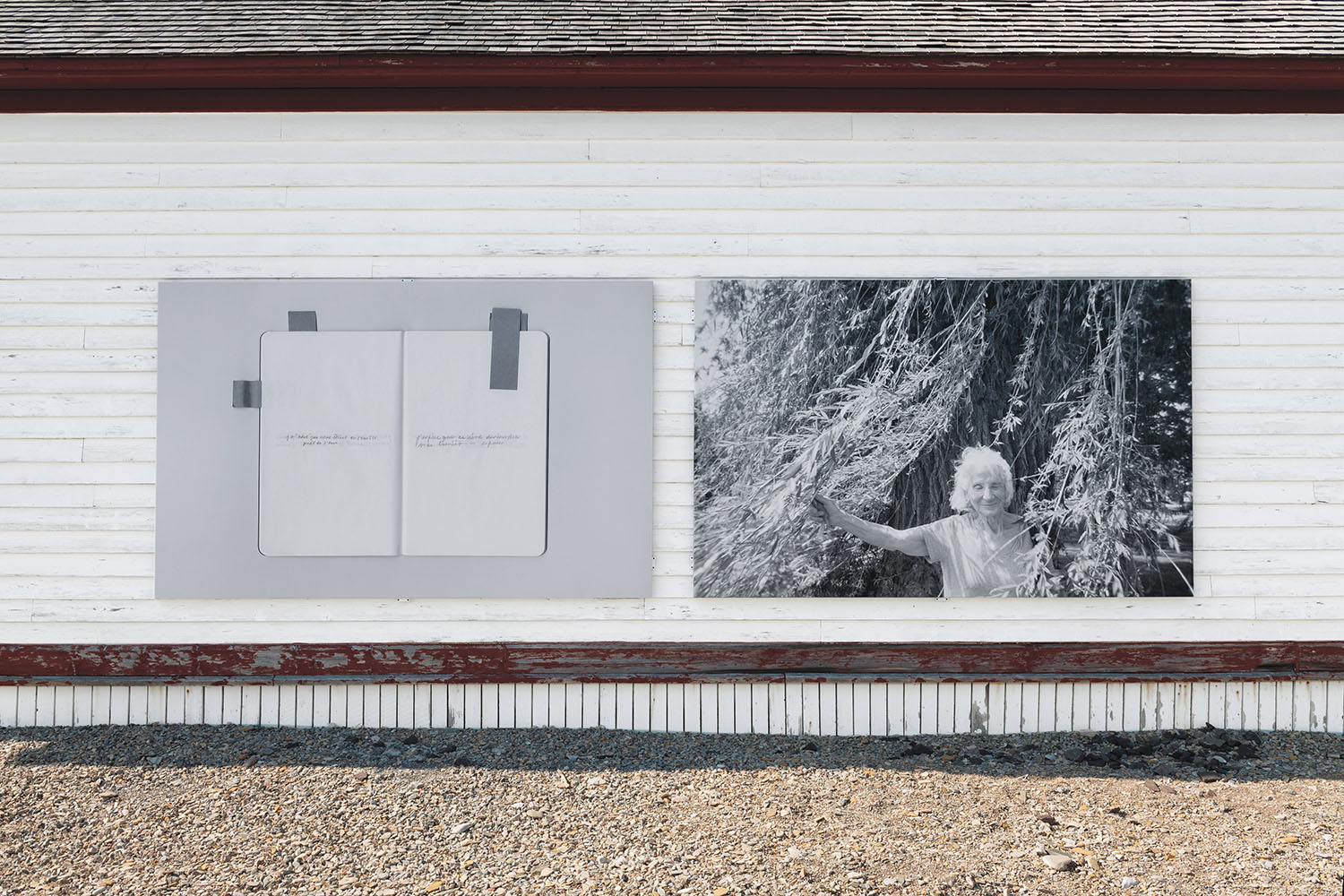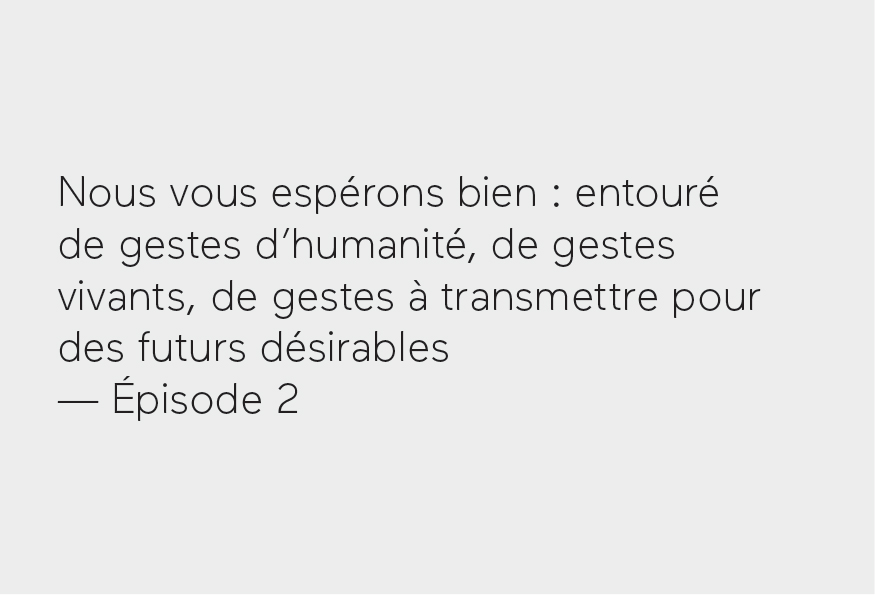Thinking Again and Supposing. Trajectory of an Exhibition: Sarah Greig + Thérèse Mastroiacovo
September 7–October 29, 2022

Photo: Jean-Michael Seminaro, courtesy of Leonard & Bina Ellen Art Gallery, Concordia University, Montréal
September 7–October 29, 2022
[En anglais] What is the role of relationality and chance in contemporary art? In artworks meant to be relational, as the works in Thinking Again and Supposing. Trajectory of an Exhibition: Sarah Greig + Thérèse Mastroiacovo are stated to be, what is the role—and, indeed, the responsibility—of the viewer once the artist has left the gallery space? The black, white, and grey show, presenting works by Sarah Greig and Thérèse Mastroiacovo (including geometric drawings on graph paper, blown-up abstract photographs, and pencil drawings of the covers of art theory books from Mastroiacovo’s series Art Now [2005–ongoing]) purports to be about the relationality between these two individuals working with and against each other in photography (Greig) and drawing (Mastroiacovo). I know this only from the introductory wall panel, written by curator Michèle Thériault, that was provided in the antechamber of the Leonard & Bina Ellen Art Gallery at Concordia University. The text states, “This project is a process of us [the artists] to reflect on and inquire into the mechanisms of working together, circulating thoughts, relationality, and giving materiality to a common project.” As it turned out, it was an accident catalyzed by selfie culture that made the exhibition speak of relationality, but not in the way the artists had intended.
When I first attempted to visit the show on September 14, a week after it opened, the gallery was closed “due to unforeseen circumstances.” When I returned the following week, the show had reopened and a new wall text had been created, written by Mastroiacovo, which stated that she had “added a drawing on top of this drawing as a layer to indicate a moment of infringement” on the graphite drawing on paper that was displayed horizontally on a low platform. The original drawing, ON NOW? CONTEMPLA-(2022), is intended to be “wave-like”; it is white paper filled with pencil lines, a “drawing of duration,” according to the artist: “The work is first and foremost about contemplation, about continued thoughtful observation and study.” Mastroiacovo alludes to an incident that took place three days after the show opened, when a visitor sat down and stretched out on the drawing in order to take a selfie. Despite the artists’ interest in, and desire for, relationality, this was an unintended intervention. The docent told me that Mastroiacovo was “surprised”—if not distressed. Nonetheless, the traces of the visitor left on the drawing, including smudges indexing her body and a handprint, added an interesting aesthetic to the abstract grey drawing. Although Mastroiacovo states that she had added a drawing, in fact the selfie-taking student had added the “drawing,” using her body rather than a pencil.
Créez-vous un compte gratuit ou connectez-vous pour lire la rubrique complète !
Mon Compte


